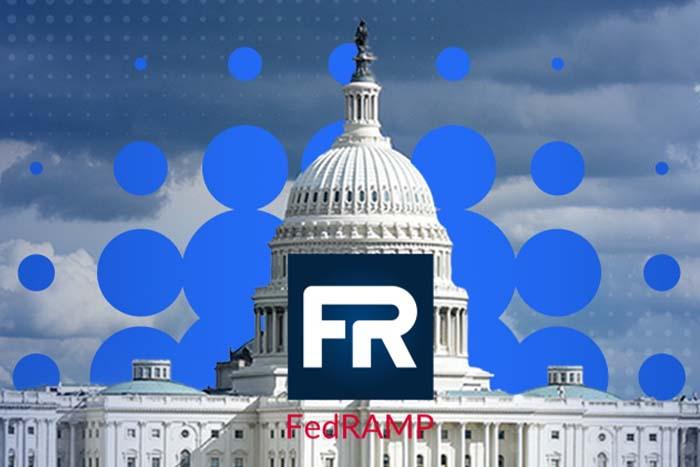Zscaler Blog
Get the latest Zscaler blog updates in your inbox
Subscribe
Evolution of Secure Access: From VPN to SDP-Enabled Zero Trust Network Access (ZTNA)
In the age of digital transformation, the stakes for cybersecurity have never been higher. For government agencies entrusted with safeguarding sensitive information and critical infrastructure, outdated security approaches are no longer viable. Virtual Private Networks (VPNs), once considered a cornerstone of remote access security, are increasingly outpaced by the demands of modern, interconnected environments. With the rise of sophisticated cyber threats and a shift toward hybrid and cloud-first architectures, organizations must embrace a more dynamic and resilient security model. Enter Zero Trust, an approach powered by Software-Defined Perimeter (SDP) technologies, offering a revolutionary alternative to the limitations of traditional VPNs.
The Erosion of VPN Effectiveness
For decades, VPNs served as the foundation for secure remote access, providing encrypted tunnels between users and internal networks. However, this once-reliable technology is now revealing critical vulnerabilities. VPNs rely on an implicit trust model that assumes users inside the network perimeter are inherently secure. This flawed assumption opens the door to attackers, enabling them to move laterally within the network once access is gained.
Moreover, VPNs are operationally burdensome. Their reliance on complex configurations and regular maintenance taxes IT resources. Performance challenges, including latency and bandwidth bottlenecks, hinder their ability to support the speed and seamless connectivity demanded by modern workflows.
Beyond just government agencies, for anyone securing data—especially proprietary or national interest data—VPN and point product vulnerabilities pose grave risks. National security, public trust, and operational continuity hinge on a more adaptive and robust solution, one that aligns with the complex realities of today’s cybersecurity landscape.
SDP-enabled ZTNA: A Paradigm Shift in Security
Zero Trust redefines network security by discarding the concept of implicit trust entirely. It operates on a straightforward principle: “Never trust, always verify.” No user, device, or application is trusted by default—access must be earned through rigorous authentication and continuous validation.
Key tenets of Zero Trust include:
- Least-Privilege Access: Users and devices are granted only the permissions necessary to perform specific tasks, drastically reducing the impact of potential breaches.
- Micro-Segmentation: Networks are divided into isolated zones, ensuring that even if attackers gain entry, they are unable to move laterally across systems.
- Continuous Monitoring and Validation: By analyzing user and device behavior in real time, Zero Trust detects and responds to threats as they emerge.
When combined with SDP technologies, Zero Trust gains even greater efficacy. SDPs create invisible barriers around resources making applications inaccessible to unauthorized users, essentially hiding assets by reducing and protecting the attack surface while fortifying defenses against evolving threats proactively.
Leading the Charge: Zscaler’s Vision for a VPN-Free Future
Zscaler’s Zero Trust Private Access (ZPA) represents the next step in secure access, eliminating the weaknesses of traditional VPNs. ZPA’s software-defined perimeter functionality secures architectures and assets by creating secure data and application channels, ensuring that resources are accessible only to verified users. By decoupling security from network infrastructure, ZPA streamlines operations, reducing the need for outdated appliances and configurations that increase vulnerabilities.
ZPA also enforces least-privilege access for applications across environments—whether on-premises, in hybrid clouds, or at the edge. This ensures compliance with SDP principles while mitigating risks such as unauthorized access and lateral movement.
Zscaler’s Zero Trust Exchange™ platform, which includes ZPA, Zscaler Internet Access™ (ZIA), and Zscaler Digital Experience™ (ZDX), is FedRAMP High, FedRAMP High Moderate, and DoD Impact Level 5 authorized meeting the stringent requirements of government agencies.
SDP-Enabled Zero Trust: A Game-Changer for Modern Architectures
- Enhanced Security: By eliminating implicit trust and applying continuous validation, Zero Trust and SDP technologies drastically reduce risks of data breaches and unauthorized access.
- Optimized Performance: Unlike VPNs, especially hardware-based VPNS which often suffer from latency and scalability challenges, SDP solutions leverage the internet as a secure network, ensuring speed and reliability for geographically distributed teams.
- Simplified Operations: Zero Trust streamlines security management, freeing IT teams from the complexities of traditional architectures and enabling them to focus on mission-critical initiatives.
- Comprehensive Coverage: With its ability to secure users, devices, and applications regardless of location, SDP-enabled Zero Trust is ideal for the diverse needs of government agencies.
Building a Resilient Cybersecurity Future
As agencies navigate the complexities of digital transformation, the limitations of VPNs become undeniable. Zero Trust, bolstered by SDP technologies, offers a scalable and forward-thinking solution tailored to the challenges of today’s interconnected world. By adopting this approach, agencies can significantly enhance their security posture, support seamless collaboration, and ensure the resilience of critical operations.
Transitioning to Zero Trust may seem like a daunting endeavor, but it is a necessary evolution—and one that brings unparalleled benefits. With the support of solutions like Zscaler, agencies can confidently embrace this transformation, leveraging state-of-the-art technology and expert guidance to navigate the journey.
In conclusion, the future of secure access lies in abandoning legacy VPN models and adopting SDP-enabled Zero Trust architectures. By taking this leap, organizational leaders, technologists, and compliance officers can build a cybersecurity framework capable of defending against today’s threats while empowering the workforce of tomorrow.
For a deeper dive, download the solution brief: Cybersecurity > VPN.
Was this post useful?
Get the latest Zscaler blog updates in your inbox
By submitting the form, you are agreeing to our privacy policy.




